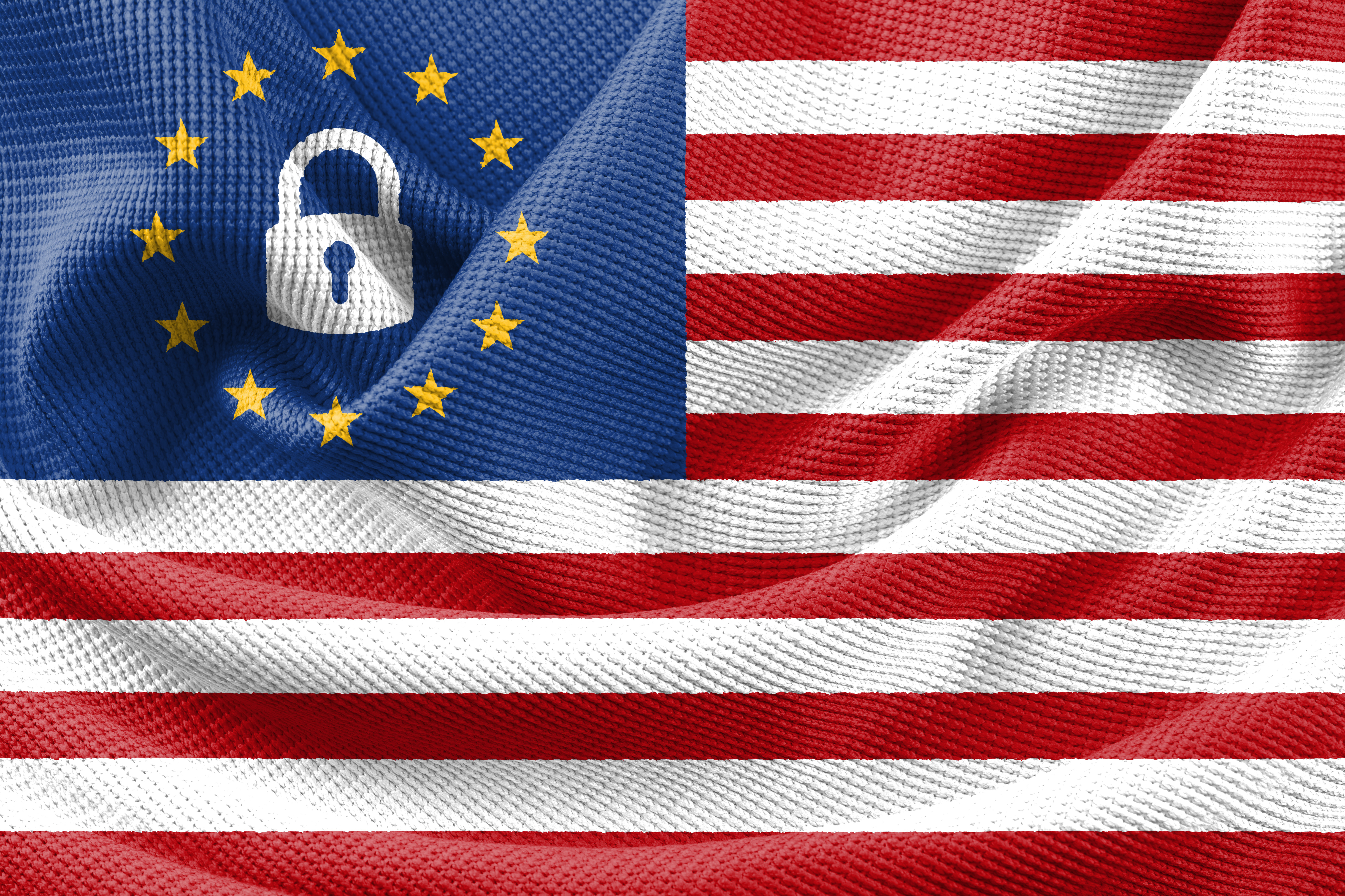The White House issued two recent Executive Orders and Fact Sheets directing the U.S. Department of Commerce (“Commerce”) to initiate investigations under Section 232 of the Trade Expansion Act of 1962 (each a “Section 232 Investigation”). These new Section 232 Investigations will apply to copper, timber, and lumber imports. The copper investigation was announced on February 25, 2025. The timber and lumber investigation was announced on March 1, 2025. The objective of these new investigations is to determine whether trade actions are necessary to reduce reliance on foreign sourcing and strengthen domestic U.S. industry.
Why is the Trump Administration Seeking Section 232 Investigations?
Section 232 Investigations target national security and economic stability impacts from unfair foreign trade practices. The Trump Administration stated that the Section 232 Investigation of copper arises from its position as one of the top two mineral requirements for the U.S. Department of Defense. U.S. reliance on copper imports has increased from almost 0% in 1991 to 45% in 2024. However, the Trump Administration states that U.S. smelting and refining capacity does not compare with that of other nations despite our abundant copper reserves. China conducts 50% of global copper smelting. Similarly, the Section 232 Investigation of timber and lumber arises from a perception that the wood products supply chain requires attention to ensure reliability and security. The Trump Administration also cited the need to protect both civil and military construction.
How does the Section 232 Investigation Process Work?
The Section 232 Investigation process allows Commerce to determine whether reliance on foreign copper and timber imports threaten U.S. national security and domestic industry. The Section 232 Investigations encompass all countries with which the U.S. trades. The investigation will determine whether tariffs are appropriate for those commodities and at what duty rate.
All forms of copper imports are subject to the Section 232 Investigation including raw mined copper, copper concentrates, refined copper, copper alloys, scrap copper, and copper derivatives. The Section 232 Investigation of timber and lumber also applies to those products and their derivatives. Commerce will deliver a report of its copper investigation by November 25, 2025. It will deliver a report of its timber and lumber investigation by November 26, 2025. At this time there are no apparent exclusions available, and no public comments are solicited.
A few important factors are considered during Commerce’s review. Under both Section 232 Investigations, the agency will assess current and future demand for the products and whether U.S. industry can meet demand. Commerce will also assess foreign suppliers import activities and the impact of foreign government subsidies, excess capacity, and unfair trade practices. The agency's report will address potential mitigating factors such as increasing domestic copper production, imposing tariffs or quotas, and heightening U.S. Customs and Border Protection enforcement.
The Trump Administration published an additional E.O. and Fact Sheet in conjunction with the Section 232 Investigation of timber and lumber. These additional publications are aimed at the immediate expansion of American timber production to protect construction, energy production, and to manage forests and wildfire risk. The Trump Administration also established a timeline to require the Bureau of Land Management and Secretary of Agriculture to issue guidance regarding tools to increase timber production and directed other agencies to improve the speed of approving forestry projects, streamline permitting, and set targets for annual timber production.
How Can Supply Chain Stakeholders Prepare?
Now is the time for U.S. importers and industry that rely on foreign copper, timber, and lumber to review supply relationships. Volume expectations and pricing will be an acute challenge near-term. Those terms will require thoughtful renegotiations between buyers and sellers. Additional expectation-setting terms are also valuable in this fast-paced environment so that parties have a clear path forward in the event of unforeseen tariff changes, the cadence of meetings, and if feasible the ways in which duty burden will be internalized by either or both party in the short-term. Alternative suppliers or alternative commodities may be additional areas of opportunity for procurement functions within organizations.
The Benesch Team assists clients to navigate Customs-related issues of all kinds, including the potential for increased duties on imported goods. We are available to assist if you have any questions. Our most recent bulletins on preparing for the Trump Administration’s trade policy and other tariff implementation initiatives are available below. You can sign up for our bulletins and client alerts on supply chain, international trade, and global transportation & logistics matters here.
Steel and Aluminum Tariffs – Impact and Timeline of President Trump’s Proclamation
Trump Tariffs – 2025 Expectations, Facts, and Options
UPDATE: Trump Tariffs on Mexico, Canada, China – Supply Chain Impact and Strategies
Jonathan Todd is Vice Chair of the Transportation & Logistics Practice Group at Benesch Law. He can be reached at 216.363.4658 or jtodd@beneschlaw.com.
Vanessa Gomez is an Associate in the Transportation & Logistics Practice Group at Benesch Law. She can be reached at 216.363.4482 or vgomez@beneschlaw.com.
Megan K. MacCallum is an Associate in the Transportation & Logistics Practice Group at Benesch Law. She can be reached at 216.363.4185 or mmaccallum@beneschlaw.com.
